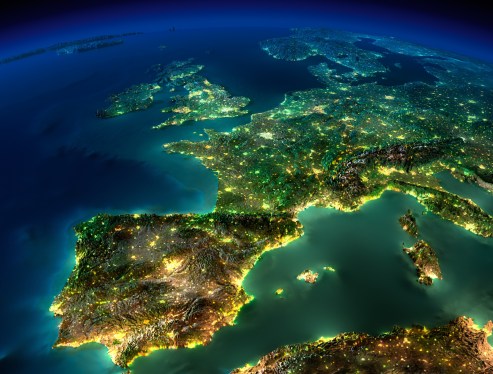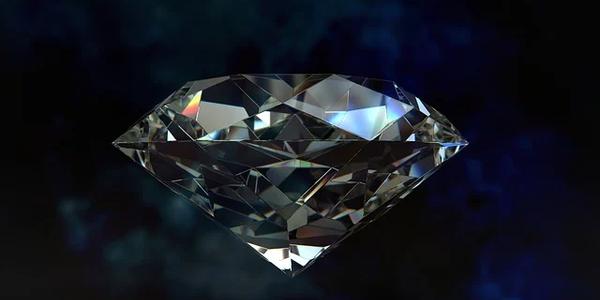Google Photos Unveils New AI-Powered Features to Organize and Categorize Photos
Google is rolling out a set of innovative features for Google Photos that leverage the power of artificial intelligence (AI) to better organize and categorize photos. With the introduction of Photo Stacks, Google will utilize AI technologies to identify the best photo from a group taken together, reducing clutter in your Photos gallery.
What are Photo Stacks?
Photo Stacks is an AI-powered feature that analyzes visual similarities between photos to group similar images captured close together. This means that multiple photos of the same moment will be hidden behind the top pick of the stack, making it easier to navigate through your gallery. The feature works by using signals that gauge visual similarities in order to group similar photos.
How Does Photo Stacks Work?
To use Photo Stacks, you can enable the feature and let Google Photos automatically organize your gallery for you. Alternatively, you can select your own photo as the top pick if you choose or turn off the feature entirely. If you leave the feature enabled, Google Photos will identify similar photos in your gallery and group them together, making it easier to find specific moments.
Reducing Clutter in Your Gallery
According to Google, a third of most people’s galleries are made up of similar photos. With Photo Stacks, this means that users can enjoy a significant reduction in clutter. The stacked photos aren’t removed; they’re simply hidden out of sight. To see them, you tap on the stack and then scroll horizontally through the other images.
AI-Powered Organization of Documents and Screenshots
Another exciting feature is Google Photos’ ability to use AI to organize certain types of photos, such as documents, screenshots, receipts, and more. This feature works by using signals like OCR (Optical Character Recognition) to power models that recognize screenshots and documents and then categorize them into albums.
Setting Reminders for Important Images
With the new features, you can also set reminders alongside these images. For example, if you took a screenshot of a concert ticket, you can ask Google Photos to remind you to revisit the screenshot closer to the concert date and time. This feature will help you stay organized and ensure that you never miss an important event.
Archiving Screenshots and Documents
You can also choose to automatically archive screenshots and documents after 30 days, keeping them out of your main gallery but still accessible from their dedicated albums for reference.
Availability and Rollout
Both features will begin to roll out to Google Photos on Android and iOS starting today. This means that users can start enjoying the benefits of these innovative features soon.
Conclusion
The new features introduced by Google Photos are a testament to the power of AI in photo organization and categorization. With Photo Stacks and the AI-powered organization of documents and screenshots, users can enjoy a more streamlined and organized gallery experience. Whether you’re looking to reduce clutter or stay on top of important events, these features have got you covered.
Related Topics
Read More
If you’re interested in learning more about the latest developments in AI and photo organization, be sure to check out our related articles:
- Apple board opposes proposal to abolish DEI programs
- Researchers open source Sky-T1, a ‘reasoning’ AI model that can be trained for less than $450
- Nvidia’s AI empire: A look at its top startup investments
Subscribe to TechCrunch for the Latest News and Insights
Stay up-to-date with the latest developments in AI, apps, and photo organization by subscribing to our newsletter. With our expert insights and analysis, you’ll never miss a beat.
- TechCrunch Daily News: Get the best of TechCrunch’s coverage every weekday and Sunday.
- TechCrunch AI: Follow the latest news in the fast-moving field of AI with our expert analysis and insights.
- Startups Weekly: Stay ahead of the curve with the latest news, trends, and analysis on startups and entrepreneurship.






